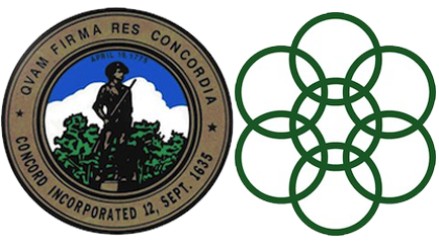NANAE
Nanae is a town located in Hokkaido Prefecture, the northernmost island of Japan. It is part of Oshima sub-prefecture, which takes up the majority of southern Hokkaido’s “boot”. Nanae has a population of roughly 28,800 and borders the city of Hakodate, the third most populous city in Hokkaido with just under 280,000 residents.

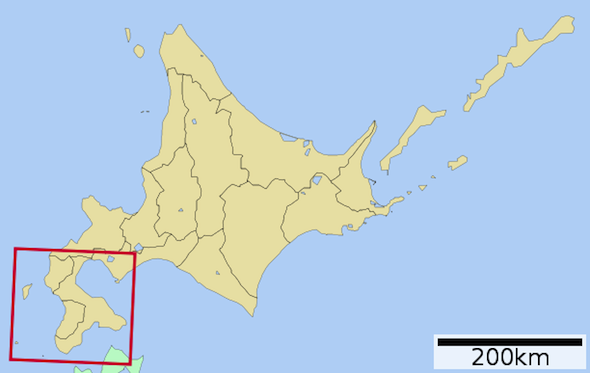
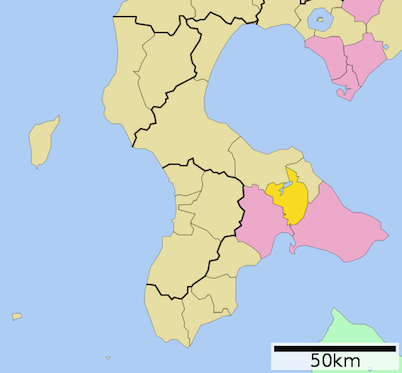
Top: Japan
Center: Hokkaido
Bottom: Southern Hokkaido (Nanae highlighted in yellow, bordered to the southeast by Hakodate)
At around 215 square kilometers (134 mi2) Nanae is over three times larger than its American sister-city, Concord, and features diverse landscapes. Its northern region of Onuma is quite rural, largely composed of farms, ranches and sprawling wilderness. The area is host to Onuma Quasi-National Park, which sits near the base of Mt. Komagatake, a 1131 meter (3710 ft.) tall active volcano. Situated on the banks of Lake Onuma, the park is famous for its beautiful walking paths, which travel through a cluster of small islands via arched bridges. These islands, as well as the lake itself, were formed as a result of Mt. Komagatake’s last major eruption in 1640.
Onuma is also home to Nanae Snow Park. With a 690 meter (2,263 ft.) difference in elevation from top to bottom, its ski slopes provide ample views of Mt. Komagatake and the surrounding landscape. Onuma experiences an average annual snowfall of around 560cm (220 in.), which usually allows Nanae Snow Park to stay open from December until April entirely on natural snow.
CENTRAL NANAE
The central portion of Nanae is largely suburban, with many residents commuting into Hakodate for work. The quickest route from Nanae to Hakodate goes down Akamatsu Kaido (Red Pine Road), a street lined with 1,438 beautiful red pines, which were planted in 1876 to honor a visit from the Emperor. Riding the local train from Nanae Station to Hakodate Station (the city center) takes just under 20 minutes. Bus networks and ride-share taxis also afford Nanae residents easy access to Hakodate’s shopping, entertainment and nightlife.
HISTORY
Japanese settlement of the area now known as “Nanae” began roughly 500 years ago, as wajin (people from the 3 lower islands of Japan, in this case Honshu) migrated up to southern Hokkaido in search of land. Already inhabiting these areas were the Ainu, Hokkaido’s indigenous population of hunter-gatherers, who engaged in both skirmishes and trade with the early settlers.
Originally just a small settler village, Nanae, like many other places in Hokkaido, is believed to have derived its name from the Ainu language (either from the Ainu, namu nai, meaning cold river, or nu an nai, meaning river of plentiful fish). As time went on Nanae merged with many of its surrounding villages, including the neighboring Ida village in 1879, at which time the town’s Japanese written name changed to assume its current form.
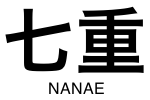

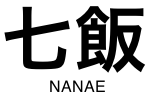
After neighboring Hakodate became the first Japanese city to open its ports in 1854, Nanae became the first place in Japan to adopt western farming methods, doing so in order to produce food that could resupply foreign ships. Not long after, in 1868, Nanae would become a stage for some of the final battles in Japan’s Boshin War, when rebels loyal to the old Shogunate escaped to Hokkaido in an attempt to form their own separate republic called “Ezo.” In these early battles, one of which occurred in central Nanae, the rebel troops successfully routed Imperial defenses and took control of the area, establishing a stronghold at Goryokaku Fort (a western-style, star-shaped fortress).
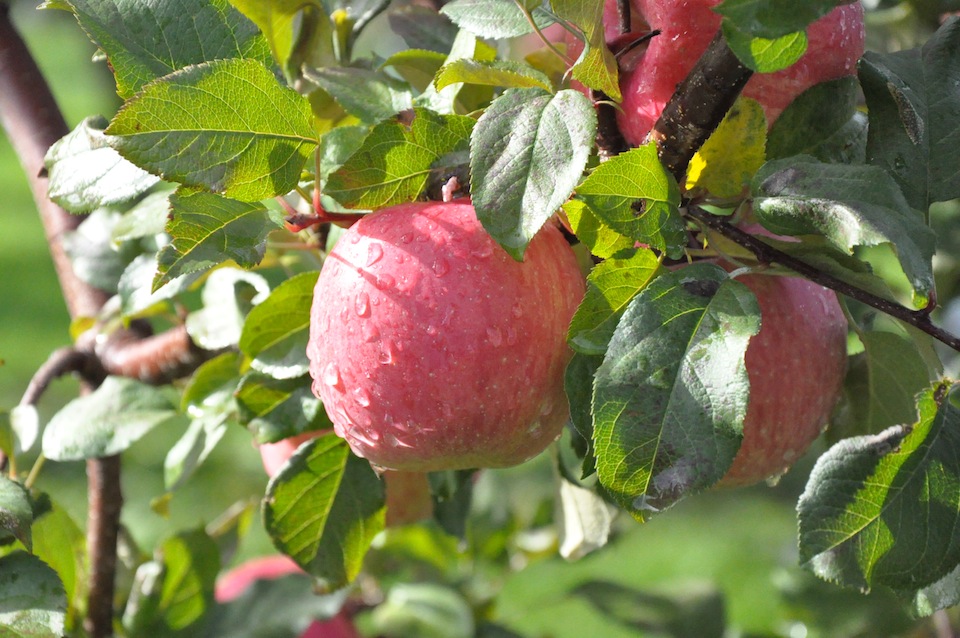
Nanae Apples
In the following year of 1869, the new Ezo government allowed a Prussian man named Richard Gaertner to sign a 99-year lease on a large plot of land in Nanae where he started an apple orchard, making Nanae the first place in Japan to grow apples. Unfortunately for Gaertner, his claim on the land wouldn’t last long. In the months that followed, the Imperial Meiji government sent reinforcements to Ezo, defeating the rebels in June of 1869 and reclaiming the island for Japan under the name of “Hokkaido”. Declining to recognize the terms of Gaertner’s original lease, the Meiji government decided to compensate him monetarily in order to regain full control of the land. Gaertner’s legacy, however, remains: with a climate and soil perfectly suited towards the fruit, Nanae continues to produce many of Japan’s most highly-prized apples today.

